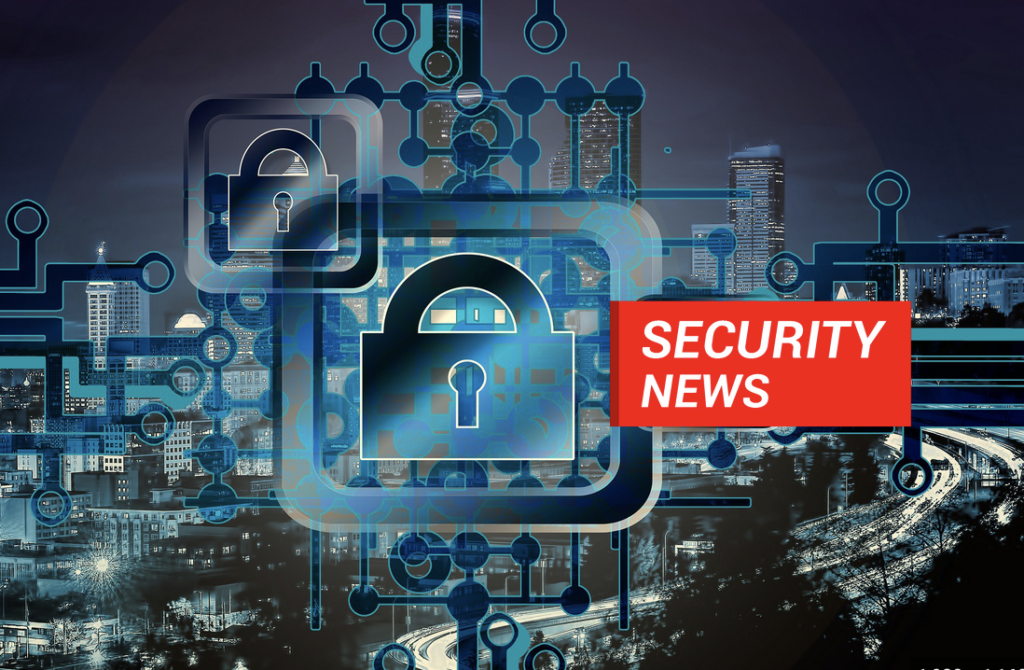Mission Community Hospital attackers exploited vulnerabilites in Paragon and Cisco

As Mission Community Hospital in California continues to investigate a cyberattack in April, more details have emerged as to how the attack by RansomHouse threat actors occurred. As previously reported, the RansomHouse listing for Mission Community Hospital claimed to have 2.5 TB of data and provided some proof of claims. RansomHouse also included a note on the listing: “Dear Mission Community Hospital Management, We strongly recommend you to contact us to prevent your confidential data or research data to be leaked or sold to a third party.” Given that the listing is still on RansomHouse’s leak site, either the hospital never contacted them or there have been no successful negotiations. A June 1 from Garner Health Law, external general counsel for the hospital, provides some additional details on the incident. The letter, seen by DataBreaches, reports that the hospital first became aware of a problem when investigating a network switch failure on May 1. As they investigated, they found indicators of compromise. Their continued investigation determined the threat actor accessed the hospital infrastructure and impacted critical systems through vulnerabilities existing in both the network and the VMware environments. “Insecure shares on systems without proper Endpoint Detection and Response (EDR) and/or installed antivirus (AV) solutions has always been a primary concern for the Hospital, and its IT security strategy has focused in part on eliminating such vulnerabilities,” the letter by Craig Garner stated. It continued: The Hospital’s Paragon systems unfortunately has such vulnerabilities, and the Hospital determined certain shares related to the Paragon systems were leveraged to deploy, store and execute malicious payloads that resulted in the encryption of VMware files stored in the virtual storage area network (vSAN) environment. The threat actor also compromised one half of the core Cisco network infrastructure by leveraging a known vulnerability within the IOS. The email also included other details that DataBreaches is not disclosing at this time so as not to reveal any changes the hospital might have made in their security but DataBreaches does note that the letter indicated that the hospital is confident it had ejected the threat actor. RansomHouse reportedly does not encrypt their victims’ files, instead focusing on just exfiltrating data and demanding a fee to delete it and to provide a security report. The filelist they provide as part of their leak shows a number of folders with patient data from past years as well as current files. Depending on what is in those files, and whether RansomHouse actually got them all, MCH may have a significant number of former patients to notify under HIPAA, HITECH, and California state requirements. DataBreaches reached out to both RansomHouse and the hospital with questions about this incident, but no replies have been received. At this point, Mission Community Hospital has not even publicly confirmed that they were the victim of an attack even though data is already being leaked.


